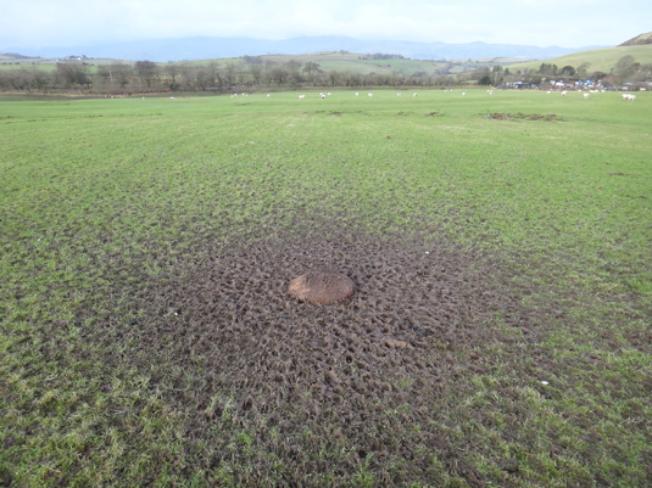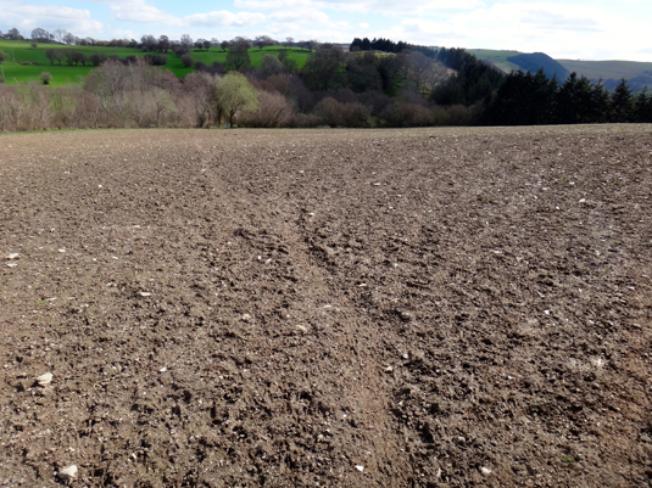Epidemiology of CODD
In our research we have used epidemiological studies to tell us how common CODD is, what aspects of farm management can make disease worse or better and also to provide evidence for how effective different treatments are.
Our studies and other studies have estimated that between 35% and 53% of farms in the UK have CODD in their sheep with an average of 2% of sheep in these flocks affected (range 0-50%). Our on farms studies have shown that disease is more common in larger flocks and in the late summer/early autumn. We also found that sheep kept on lowland pasture, lush pasture and poached pasture were more likely to have CODD. Interestingly we found a strong link between footrot and CODD - sheep that had footrot were also much more likely to have CODD. We are not sure what the relationship between the two diseases is yet, but the link has important implications for control (see section and The University of Warwick.

'Poached pasture associated with a mineral lick

Heavily poached pasture
More details can be found in the following published papers: